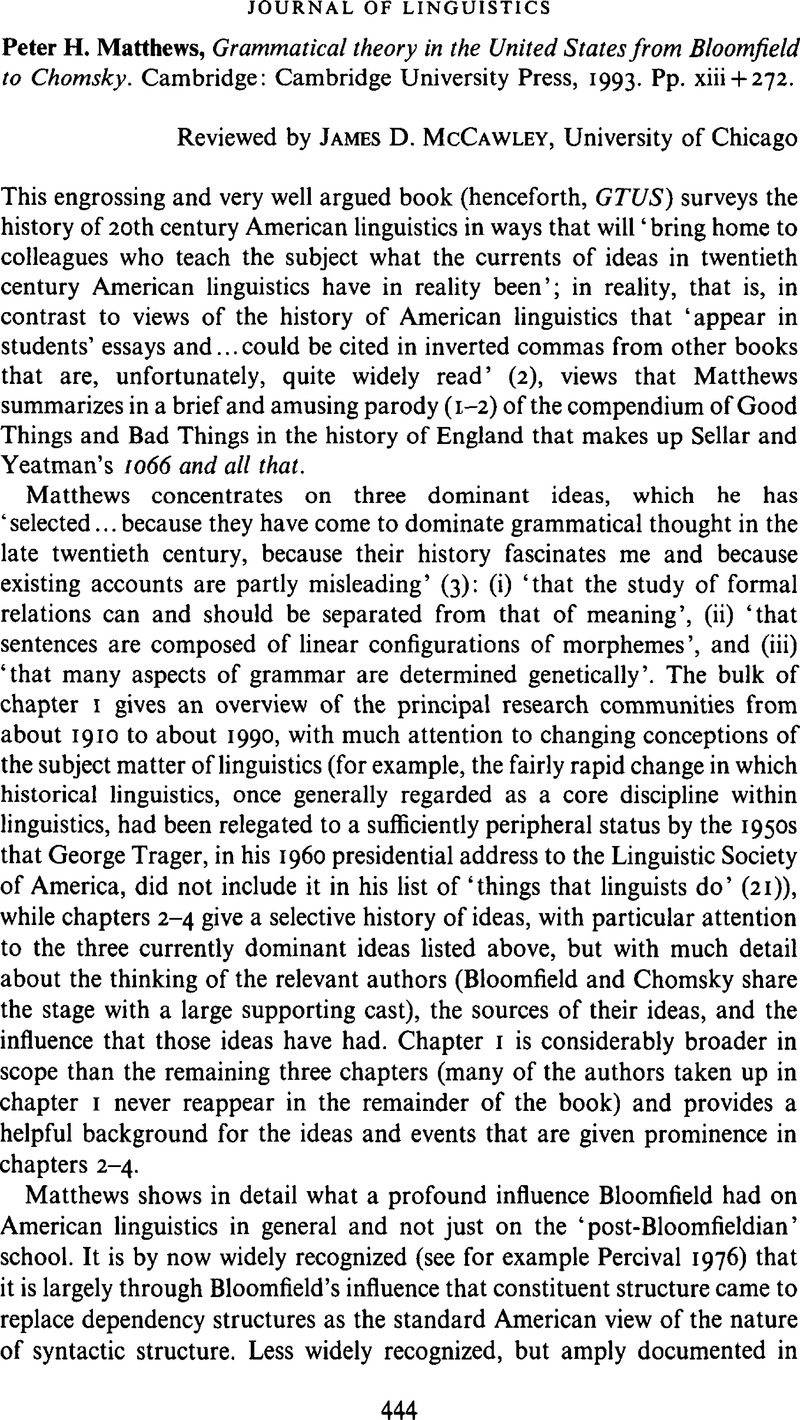Crossref Citations
This article has been cited by the following publications. This list is generated based on data provided by Crossref.
Baayen, R. Harald
Chuang, Yu-Ying
Shafaei-Bajestan, Elnaz
and
Blevins, James P.
2019.
The Discriminative Lexicon: A Unified Computational Model for the Lexicon and Lexical Processing in Comprehension and Production Grounded Not in (De)Composition but in Linear Discriminative Learning.
Complexity,
Vol. 2019,
Issue. ,
p.
1.





